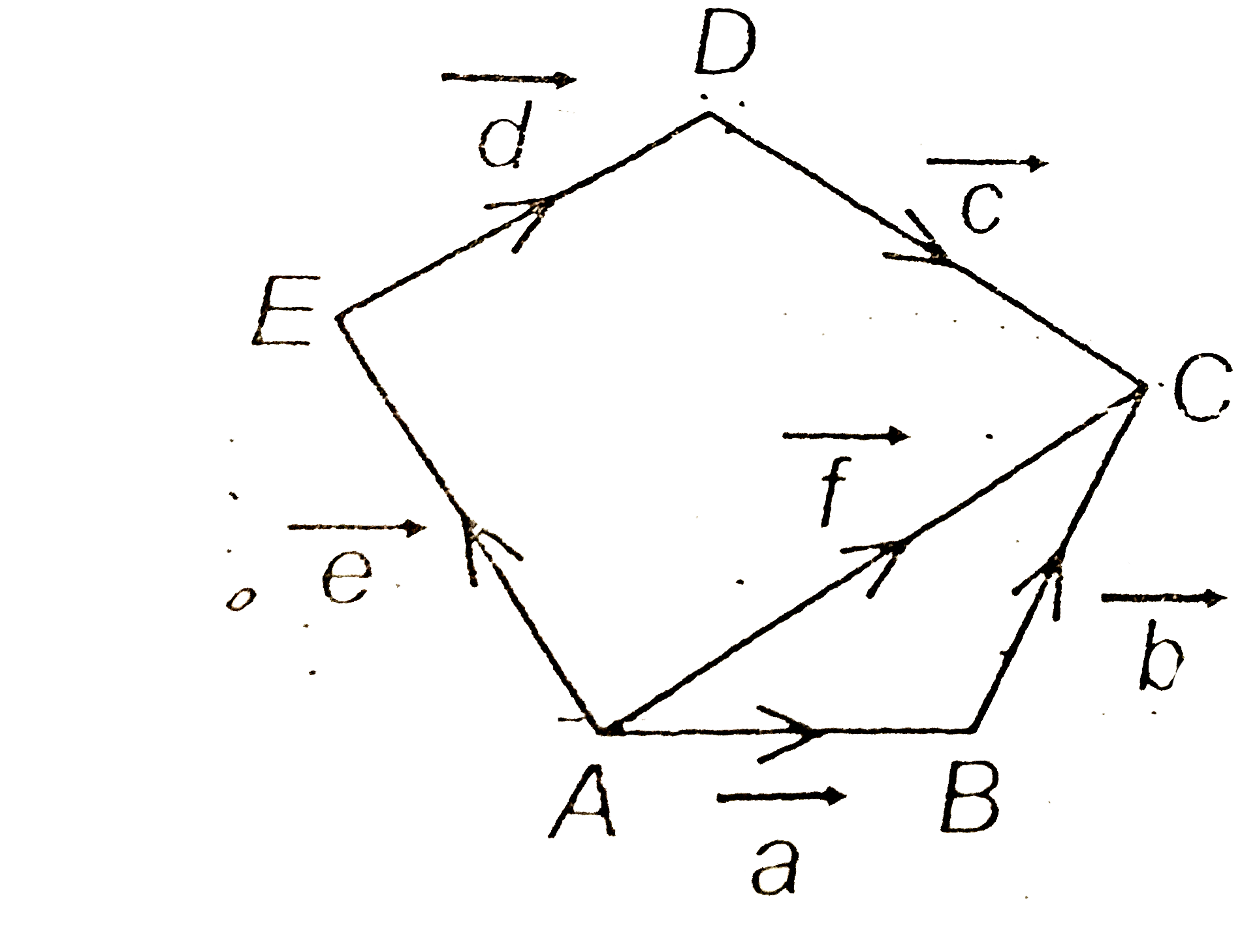Which of the following vector is equal as that of −−→1m
←−−1m
−−→2m
−−→1m

The correct Answer is:C
To solve the question of which vector is equal to the vector represented as →r with a magnitude of 1 meter, we need to follow these steps:
Step 1: Understand the properties of equal vectors
For two vectors to be considered equal, they must satisfy the following conditions:
1. Same Magnitude: The lengths of the vectors must be identical.
2. Same Direction: The vectors must point in the same direction.
3. Same Physical Quantity: They must represent the same physical quantity (e.g., displacement, velocity, etc.).
Step 2: Analyze the given vector
The vector →r is given with a magnitude of 1 meter. We need to check the options provided to see which one matches both the magnitude and direction of →r.
Step 3: Evaluate the options
- Option 1: If this vector points in the opposite direction to →r, it cannot be equal because the directions are different.
- Option 2: If this vector has the same direction as →r but a different magnitude, it cannot be equal because the magnitudes differ.
- Option 3: If this vector has both the same magnitude (1 meter) and the same direction as →r, then it is equal to →r.
- Option 4: If this vector points in a direction that is not the same as →r, it cannot be equal.
Step 4: Conclusion
Based on the analysis, the vector that has both the same magnitude of 1 meter and the same direction as →r is the correct answer.
Final Answer
The vector equal to →r (1 meter) is the one that has the same magnitude and direction as →r.
---
For two vectors to be considered equal, they must satisfy the following conditions:
1. Same Magnitude: The lengths of the vectors must be identical.
2. Same Direction: The vectors must point in the same direction.
3. Same Physical Quantity: They must represent the same physical quantity (e.g., displacement, velocity, etc.).
The vector →r is given with a magnitude of 1 meter. We need to check the options provided to see which one matches both the magnitude and direction of →r.
- Option 1: If this vector points in the opposite direction to →r, it cannot be equal because the directions are different.
- Option 2: If this vector has the same direction as →r but a different magnitude, it cannot be equal because the magnitudes differ.
- Option 3: If this vector has both the same magnitude (1 meter) and the same direction as →r, then it is equal to →r.
- Option 4: If this vector points in a direction that is not the same as →r, it cannot be equal.
Based on the analysis, the vector that has both the same magnitude of 1 meter and the same direction as →r is the correct answer.
The vector equal to →r (1 meter) is the one that has the same magnitude and direction as →r.
Topper's Solved these Questions
- DAILY PRACTICE PROBLEMSBook:RESONANCE ENGLISHChapter:DAILY PRACTICE PROBLEMSExercise:DPP no 9 physics
Explore 10 Videos
- DAILY PRACTICE PROBLEMSBook:RESONANCE ENGLISHChapter:DAILY PRACTICE PROBLEMSExercise:Dpp no 10 physics
Explore 8 Videos
- DAILY PRACTICE PROBLEMSBook:RESONANCE ENGLISHChapter:DAILY PRACTICE PROBLEMSExercise:DPP NO 7 PHYSICS
Explore 4 Videos
- CURRENT ELECTRICITYBook:RESONANCE ENGLISHChapter:CURRENT ELECTRICITYExercise:Exercise
Explore 53 Videos
- ELASTICITY AND VISCOCITYBook:RESONANCE ENGLISHChapter:ELASTICITY AND VISCOCITYExercise:Advanced Level Problems
Explore 9 Videos
Similar Questions
Knowledge Check
Consider the following reaction
Phenol Zn−−→dustXCH3Cl−−−−−→AnhydrousAlCl3YAlkaline−−−−→KMnO4Z
The product Z isAbenzaldehydeBbenzoic acidCbenzeneDtoluene .
The reaction shows which of the following mechanisms?
CH3−C∣CH3H−ClKOH(aq)−−−−−→CH3−CH∣CH3−OH+Cl−
View SolutionWhich of the following requires highest energy:
a.M(g)→M⊕(g)
b.M(g)→M2+(g)
c.M(g)→M3+(g)
d.M(g)→M4+(g)
View SolutionIn the given figure, which of the following vector are
(a) collinear and equal (if ABCD are regular pentagon)
(b) coinitial vectors.

View SolutionProduct (X and Y) of the following reaction (1 and 2) are
(1) 2NaOH(Cold and dilute)+Cl2→NaCl2+X+H2O
(2) 6NaOH(Hot and conc.)+3Cl2→NaCl+Y+3H2O
View SolutionWhich of the following representation is incorrect for vector equation →R=→P+→Q

View SolutionIn the following reaction sequence Y is,
PhOCOCH3AlCl3−−→Δ(X)I2−−−→NaOH(Y)
View SolutionIdentify (A) in the following reaction sequence
AGives Positiveiodoform test(i) CH3MgBr−−−−−−−−−−−→(ii) H+,H2O(iii) Conc. H2SO4/Δ(B)Oy/Zn,H2O−−−−−−−→
View Solution

